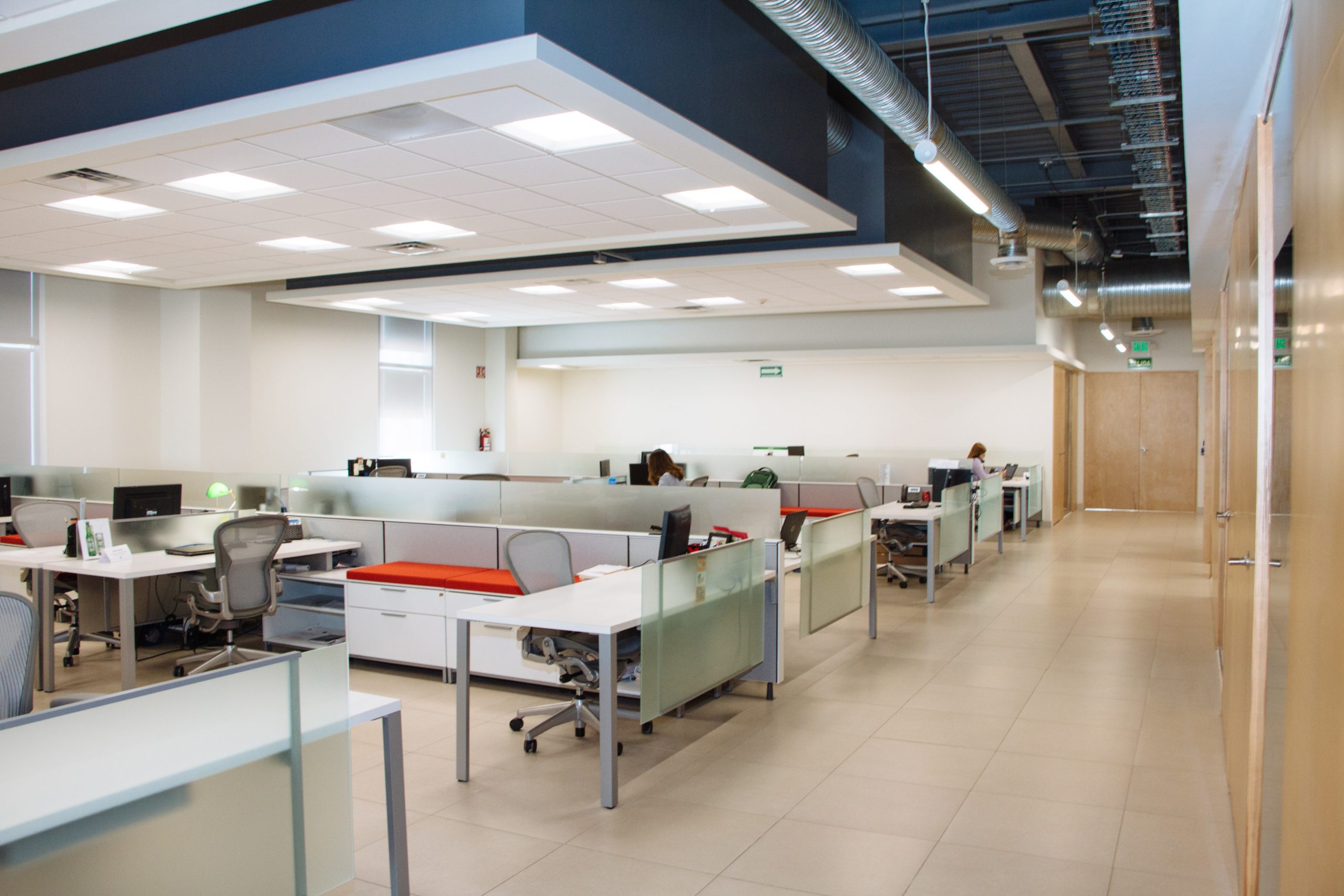The coronavirus pandemic hit the global office real estate market hard but it is expected to fully recover in the next decade despite the accelerating remote work trend, says a new study.
“The structural impacts of work-from-home trends will be offset by factors such as economic growth, population growth, and office-using penetration, which means demand for office will continue to grow over the 10-year forecast horizon,” according to a report by Cushman & Wakefield.
The outlook from one of the largest real estate services firms in the world indicates that office leasing fundamentals will be significantly damaged in the near term around the world.
Read more: Short-Term Rentals Outperforming Hotels in Pandemic Era
The net negative office square feet damage will reach 95.8 million square feet between Q2 2020 and Q3 2021, which is around 10 million square feet more than the financial crisis’s lowest point, the analysis shows.
The contrast is starker for the West. According to Cushman & Wakefield, Canada, Europe, and the U.S. recorded a combined loss of 120.5 million square feet occupancy from peak-to-trough during the financial crisis.
Including Q2 2020, that figure will reach 211.7 million square feet of “negative absorption” peak-to-trough in the recession caused by the coronavirus outbreak, the firm noted.
It estimates that 82% of the damage will be related to cyclical factors, including office-using job losses and the rise of coworking.
“The remaining 18% is related to structural factors, largely based on the assumption that the share of both permanent remote workers and agile workers—those who work remotely some of the time—will increase.” Agile workers are also referred to as hybrid workers.
Remote Work Trend
In addition, the study estimates that the share of people working permanently from home in the U.S. and Europe will increase from around 5-6% pre-COVID-19 to between 10% and 11% after the pandemic.
The share of hybrid workers is expected to increase from between 32% to 36% to just under half of all workers, it added.
“One offsetting effect is the potential reversal of a decades-long trend of densification in which businesses have been absorbing less space per office-using employee. COVID-19 is requiring society to social distance in the near term and disrupting the trend,” according to Cushman & Wakefield.
However, it says it is not clear if a structural reversal of densification—de-densification—will persist.
Read more: Hosts Turning to Long-Term Rentals Amid COVID-19: NomadX CEO
Vacancy Rate
The study forecasts that the global office vacancy will rise from 10.9% pre-crisis to 15.6% in Q2 2022.
“As the economy and employment recover, the globe’s office sector begins absorbing space in Q1 2022 and vacancy begins trending downwards from that point forward. Global office vacancy returns to pre-crisis levels of approximately 11% by 2025.”
As for rents, the real estate firm says they will globally bottom out in Q1 2022 and begin appreciating from that point forward. Cushman & Wakefield predicts that rents will return to pre-pandemic peak levels in 2025.







